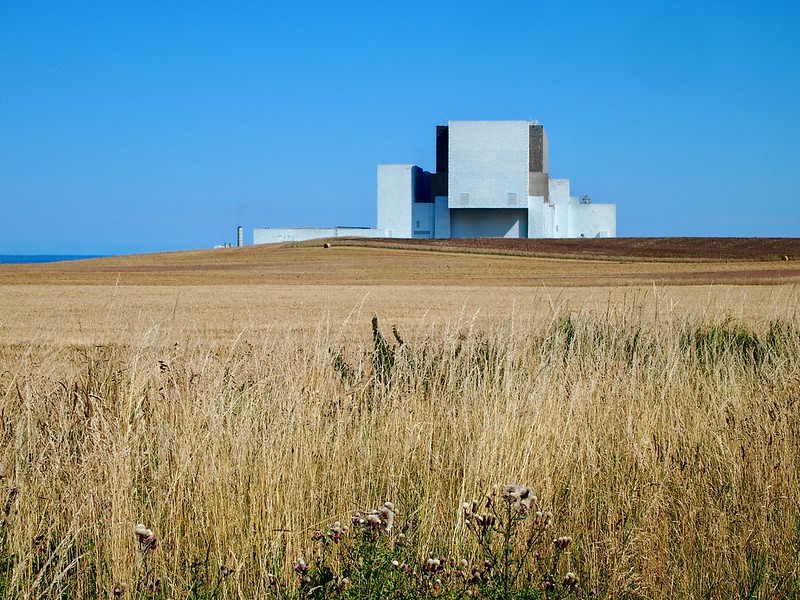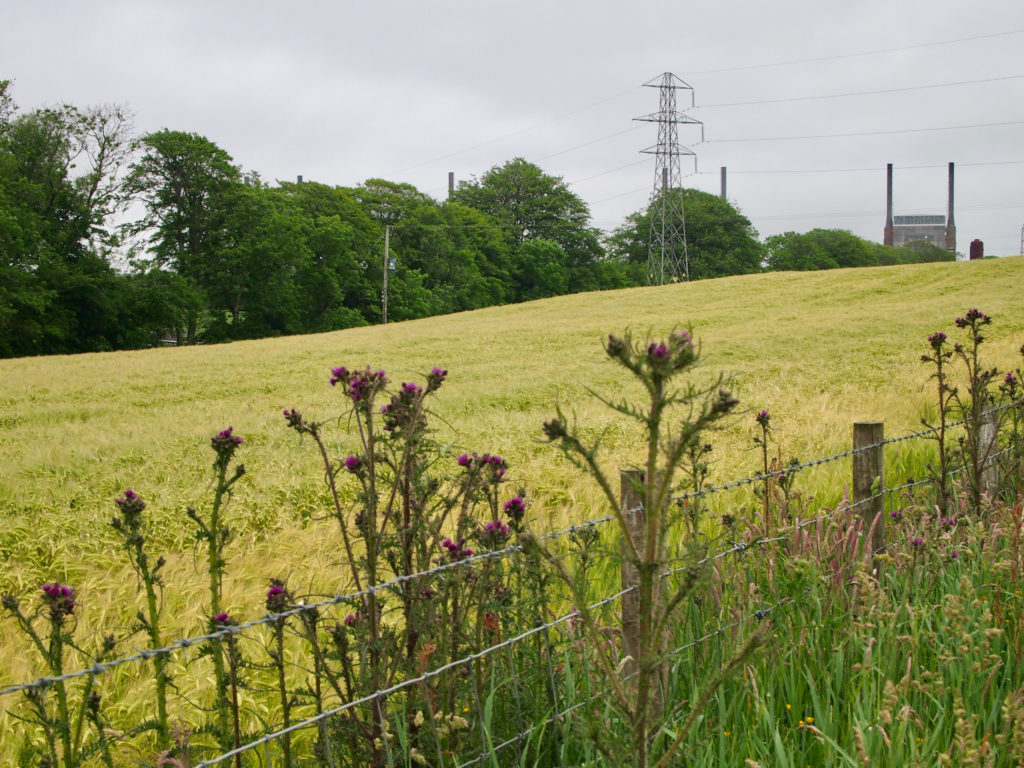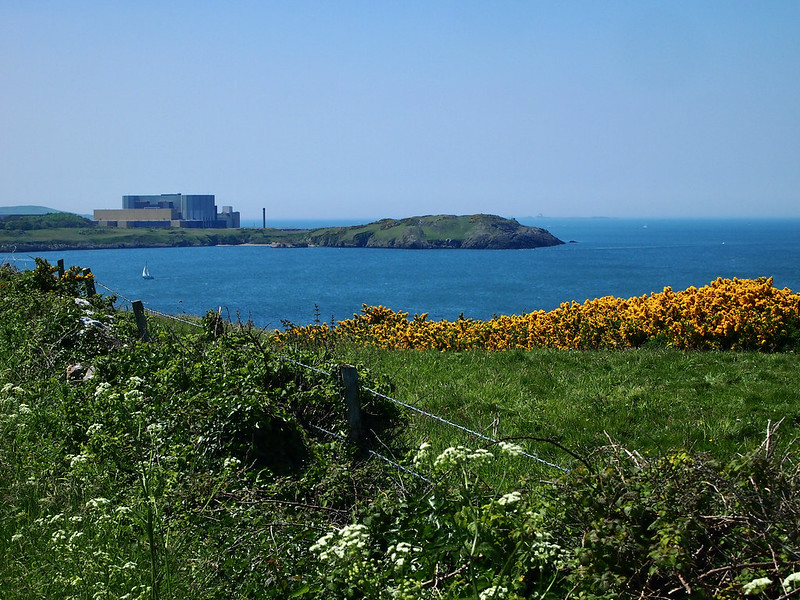It’s time once again for the annual end-of-year musings we call Shadows and Reflections. Today Tom Bolton looks back over the past 12 months.

For me, 2021 was the year I travelled to every nuclear power station in England. They fascinate me for lots of reasons and, with travelling restricted during 2021, it seemed the perfect time to explore the margins of Britain. Nuclear power stations are some of the largest buildings in the country and also the most hidden, one of many contradictions that define their uncertain place in our culture. In some form, the legacy they leave will outlast our civilisation, and will become our monument when everything else we have made has gone. Nuclear sites are our barrows and mounds, hill forts and stone circles, marking us on future maps as having at least been here. Yet we fear them, and generally like to pretend they are not there. They are located in odd, remote landscapes chosen because they would be little visited and easily overlooked. These are still Britain’s forgotten corners, which are exactly the places I like to explore and where I feel that, if anywhere, some kind of new insight may be found into our confounding times. And even if that is self-delusion, there are always good walks to be had by the coast and vast reactor halls to admire from beyond the registered nuclear site boundary.

My wife Jo and I spent our spare time between May and September on a nuclear odyssey. Our journeys cut from coast to coast. From Bradwell-on-Sea, deep in the Essex marshes, to Dounreay, as far north as the mainland goes. From Torness, where hares bound across ploughed East Lothian fields, to Trawsfynydd, looming over a lake in Snowdonia, seemingly as ancient as the scenes from the Mabinogion that took place all around it. From Dungeness, in a world of shingle to Sellafield, a nuclear city. From Berkeley, a crumbling concrete castle beside the Severn, to Hunterston, dissolving in the rain on the Ayrshire holiday coast. There are sixteen nuclear sites in England, Scotland and Wales, and I am confident that only those who work in the industry could name them all. I am writing a book about all this, for publication by the inestimable Strange Attractor Press. In it, I will contemplate atomic reactions, deep time, the power of life and death, science and religion, and literature and landscape. I will also discuss Dorset fascists, Sizewell bikers, Bristol bus drivers, Suffolk taxi drivers, the Cumbrian branch of the Civil Nuclear Constabulary, the Romney Marsh Morris and the best chip shop in Thurso. Essentially, I will be reliving 2021 for as long as it takes to make some sense of it. Wish me luck.
